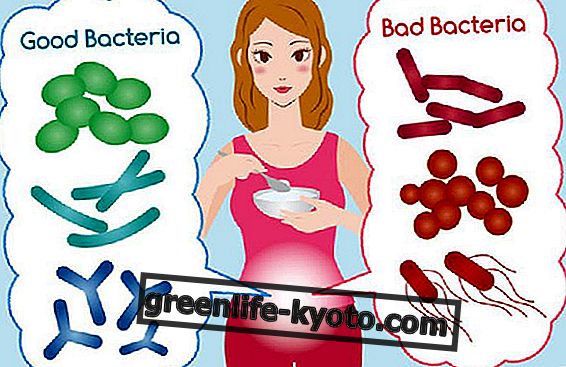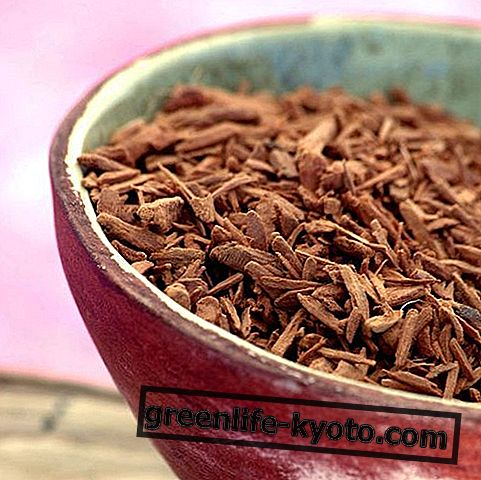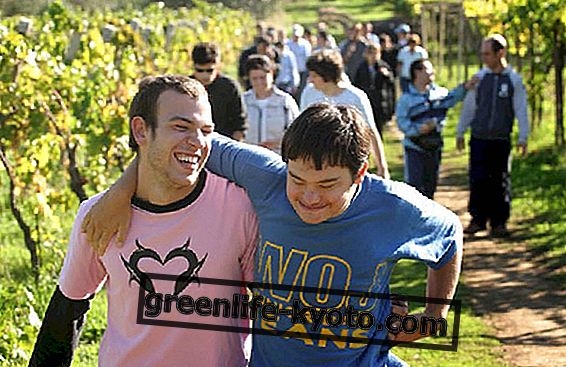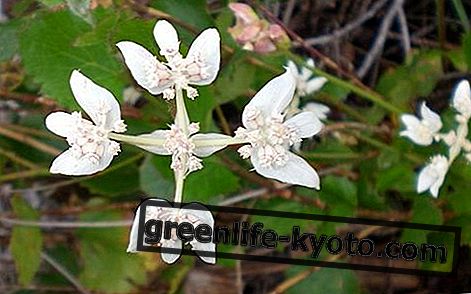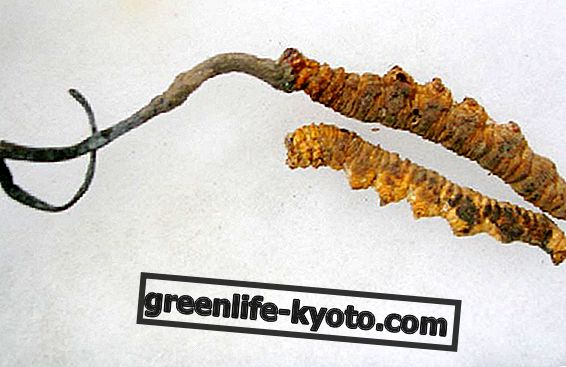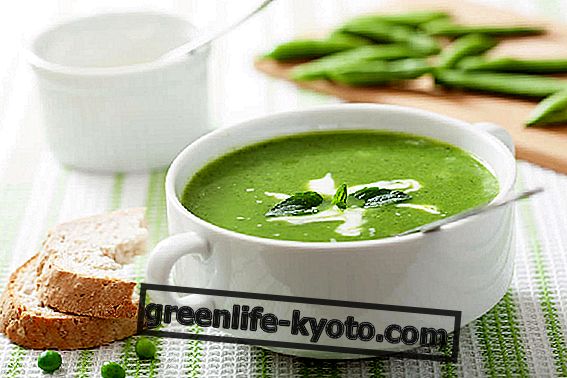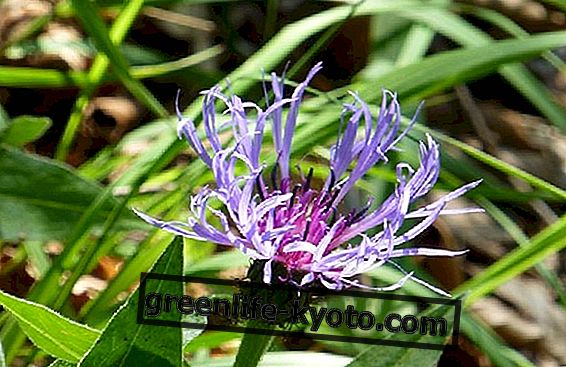
Peter J. D'Adamo is a naturopath who in 1997 developed a diet based on the distinction of the four main blood groups in relation to the evolutionary phases.
The blood group diet focuses on the idea that foods create different reactions in the body depending on the blood group to which they belong. His research started with the book One man's food, published by his father, also a naturopath, James D'Adamo in 1980.
His son Peter then continued his research by publishing Eat right 4 your type (published in Italy with the title L'alimentazione su misura, published by Sperling & Kupfer).
Blood groups and foods
Let's look at the main groups and associated foods and how the blood group diet works:
- Foods in group A. Subjects belonging to this group tend to refer to anemia, liver and cardiovascular disorders, type I diabetes, and neoplasms. The diet for this group is essentially a vegetarian diet. Yes with pumpkin seeds, red soy, lentils, azuki beans, buckwheat, oatmeal, rice, rye. Avoid meats, soles, red beans, solanaceae, citrus fruits. Vegetables, pineapples and soy have a neutral impact;
- Group B foods . This group would have developed among the nomadic populations dedicated to sheep farming and used to consume meat and dairy products. In detail, recommended mutton , lamb, rabbit, dairy products, fish, rice, barley, fruit, vegetables. Call for chicken, pork, shellfish, nuts, black beans, chickpeas, corn, wheat, tomatoes, pomegranate. Indifferent foods: vegetables, meat, eggs, liver, licorice;
- Foods of the AB group . It would be the most recent group, born from the crossing of the two groups above. Those belonging to this group should therefore follow a diet that is halfway between that of the A and the B. Better to avoid mushrooms, oranges, tropical fruits, chicken. Pineapples, cherries, plums are indifferent;
- Group foods 0 . Those belonging to group 0 usually have a robust digestive system and an active immune system. While joints and stomach are the weak points of the group. A diet based on meat and fish, fruit and vegetables is prescribed. Very carefully about the consumption of sweet potatoes, cereals, bread, beans, legumes in general and milk.
Scientific tests on the blood group diet
In general it must be said that the question of the geographical distribution of blood groups is very complex and it is difficult to define the specific lines of historical migration of individuals who carry a specific genetic message, explains Virgili.
Furthermore, if one wanted to distinguish the population on the basis of a distinction such as that of the blood group, four groups would not suffice but at least twenty other blood factors should be considered.
The biggest criticisms from experts focus on the fact that there is no scientific evidence that lectins (specific dietary proteins for certain sugars) taken with food create agglutination reactions with blood cells.




